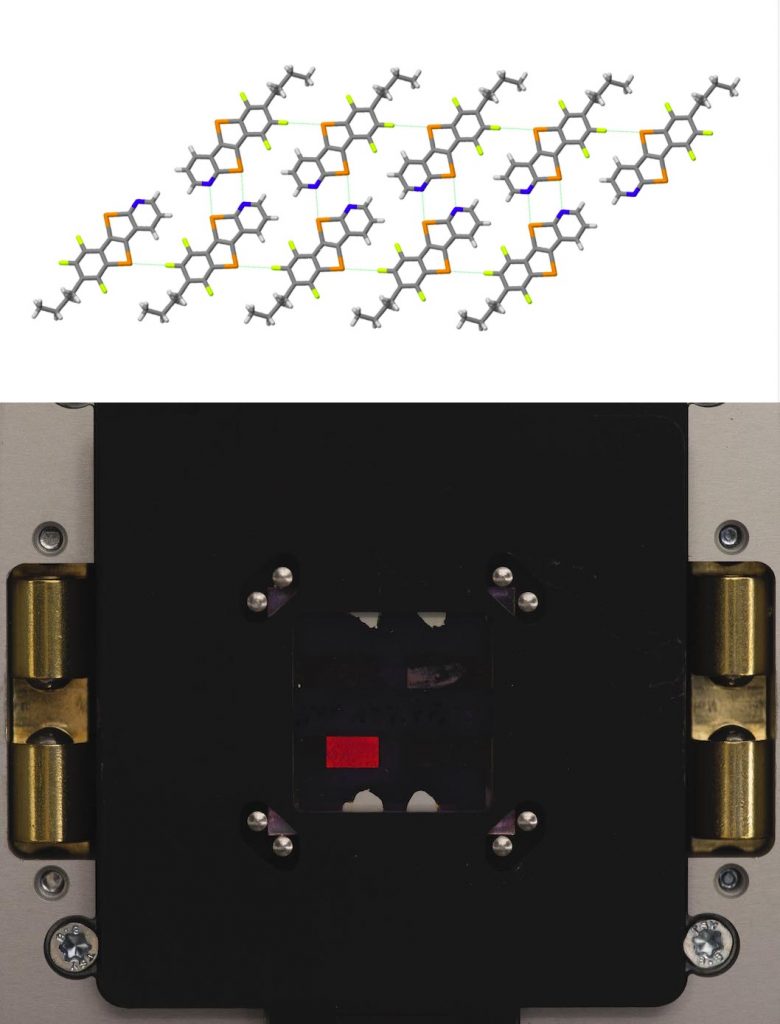A novel supramolecular approach to engineer Nanoribbons for LECs
|Light-emitting electrochemical cells (LECs) are solid-state devices that generate light from an electric current; at today, they are one of the simplest and cheapest lighting devices available and they are used, for example, as electroluminescent inks and stickers, or to produce displays. However, several research projects are still underway to build more stable and efficient LECs.

Prof. Rubén D. Costa (Technical University of Munich), Prof. Davide Bonifazi (University of Vienna) and colleagues developed a novel approach to prepare functional materials exploiting chalcogen bonds, molecular interactions that are emerging as new tools to drive crystal engineering and program polymeric architectures (such as nanoribbons). Researchers designed a 2D polymer that, by embodying two doubly chalcogen-bonded units, assembles at the solid-state into nanoribbons composed of alternating telluro and tellurophene atoms establishing contact with N and F atoms, that acts as a semiconductor. In particular, they synthetized two conjugated modules, which undergo programmed self-assembly at the solid-state. Analysis carried out at the Austrian SAXS beamline at the Italian CERIC Partner Facility at Elettra synchrotron in Trieste have shown that the these chalcogen-bonded supramolecular materials (i.e. materials composed by several molecules, linked together by specific interactions) maintain their organization as multilayer semiconductor into LEC devices when used as a hole transport layer, resulting in a stability enhancement of the device when compared to its analogues integrating classical semiconducting covalent polymeris.
Given also the lack of electroluminescence signal that characterizes the chalcogen bonded nanoribbon layer, this supramolecular approach represents an example of how these intermolecular interactions could be used to design new functional materials, and more stable and efficient LECs.



